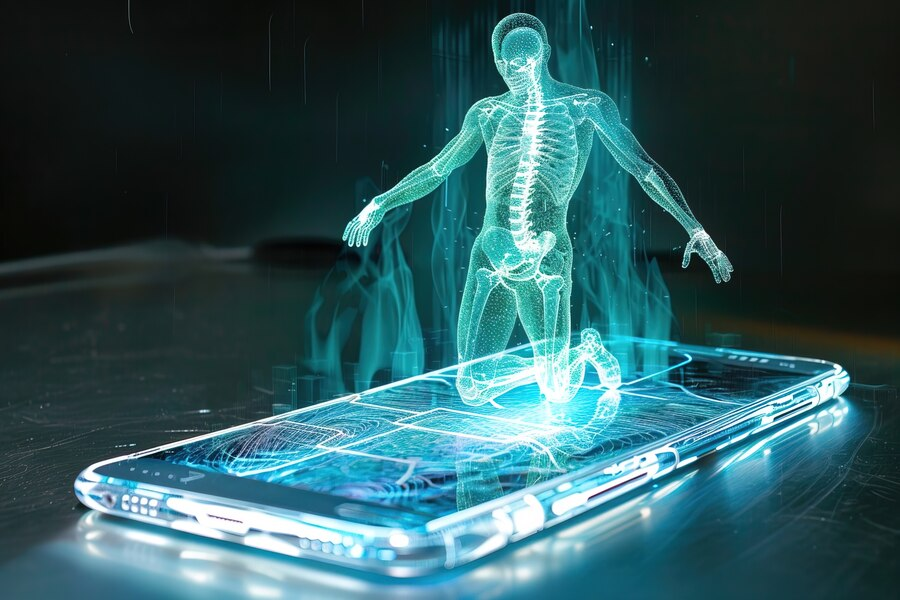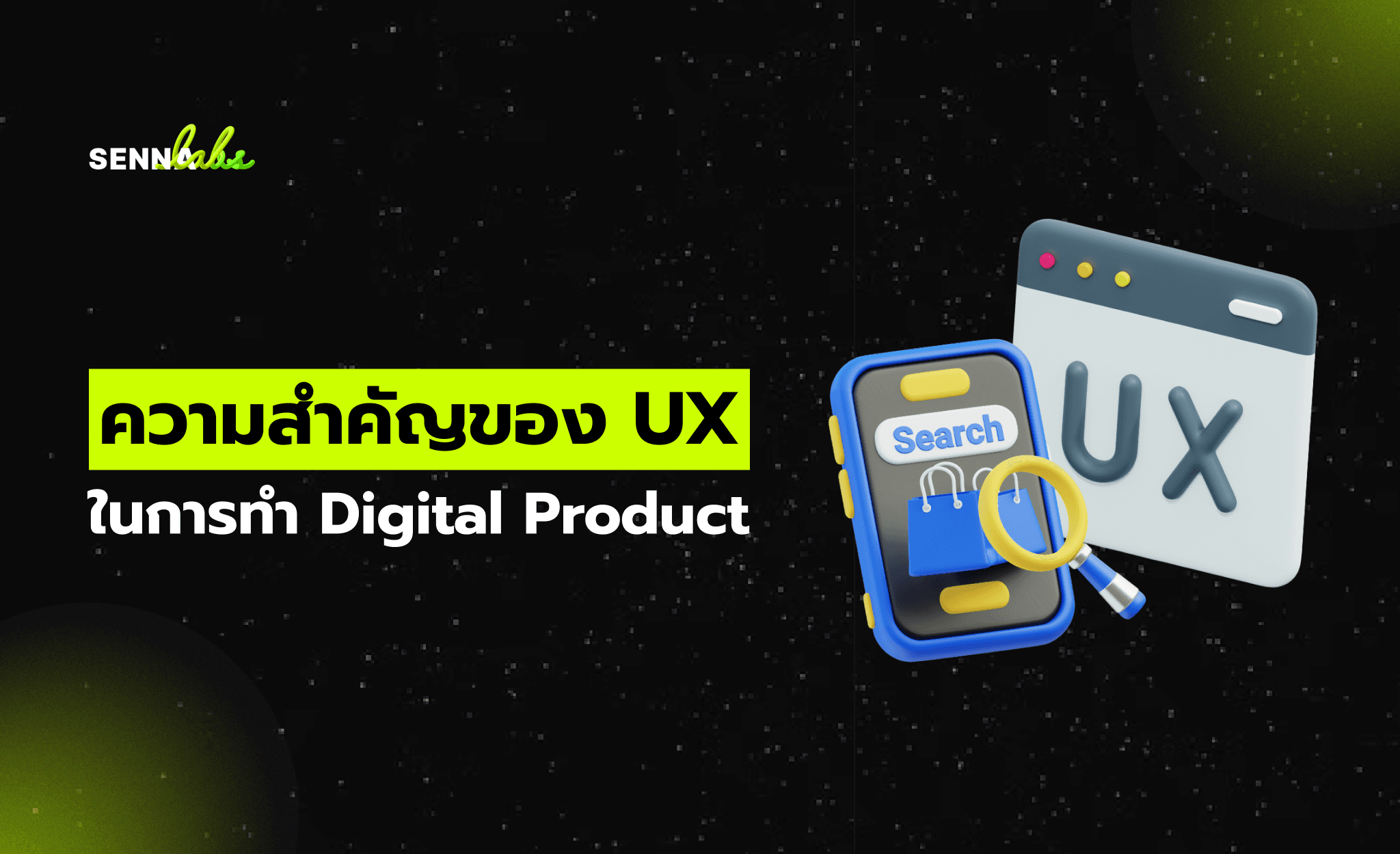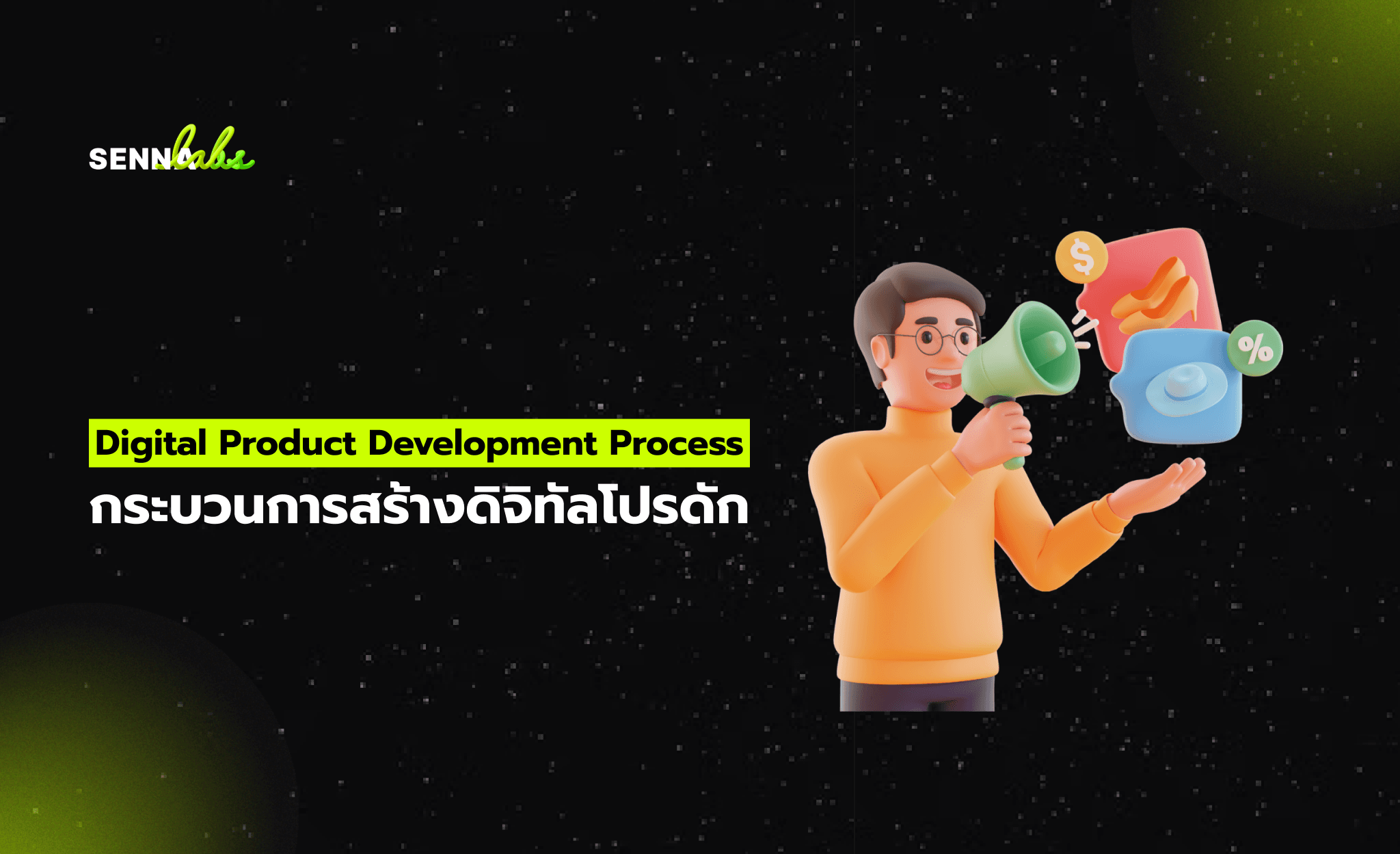Smart Healthcare: The Role of Chatbots and AI Agents in Health Apps

In the digital health revolution, telemedicine apps are playing a vital role in making healthcare more accessible and efficient. At the heart of this transformation are two powerful technologies: chatbots and AI agents. While chatbots simplify the process of collecting patient symptoms, AI agents take it a step further by analyzing the data, offering treatment suggestions, and connecting patients to medical professionals.
This article explores the distinct roles of chatbots and AI agents in healthcare, emphasizing their complementary capabilities through a real-world use case.

Chatbots in Healthcare: The First Line of Interaction
Chatbots are often the initial point of contact in telemedicine apps. Designed to handle straightforward, repetitive tasks, they use pre-defined scripts and decision trees to interact with users.
In a healthcare context, chatbots typically perform tasks such as:
-
Symptom Tracking: Patients can report symptoms like fever, cough, or headaches by interacting with a chatbot.
-
Health FAQs: Chatbots can answer common questions, such as “What are the symptoms of flu?” or “How can I manage mild back pain?”
-
Appointment Scheduling: Patients can book appointments through chatbot interfaces with minimal effort.
For example, a patient might open a telemedicine app and type, “I have a sore throat and mild fever.” The chatbot will ask follow-up questions like, “Do you have difficulty swallowing?” or “Do you feel fatigued?” Based on the responses, the chatbot compiles a basic summary of symptoms.
However, chatbots are limited in their ability to make decisions or provide detailed medical advice. They act as efficient data collectors but lack the depth of understanding required for more complex healthcare scenarios.
AI Agents in Healthcare: Taking It Further
AI agents represent the next level of intelligence in telemedicine. They go beyond simple interactions by analyzing data, understanding context, and making informed recommendations.
Here’s how AI agents elevate healthcare:
-
Data Analysis: AI agents analyze symptoms collected by chatbots, cross-referencing them with medical databases and the patient’s history.
-
Diagnosis Assistance: They suggest potential diagnoses based on patterns in the data.
-
Personalized Recommendations: AI agents can recommend treatment options or lifestyle changes tailored to the individual.
-
Seamless Connection to Doctors: When human expertise is required, AI agents facilitate connections with the right healthcare providers.
For instance, after the chatbot collects the patient’s symptoms, the AI agent steps in. If the patient reports a sore throat and fever, the AI agent might analyze this information, consider the patient’s medical history (e.g., recurring throat infections), and suggest a likely diagnosis like strep throat. It can then recommend an appropriate course of action, such as scheduling a teleconsultation with an ENT specialist or suggesting over-the-counter remedies if the symptoms are mild.
The Telemedicine Use Case: Chatbots and AI Agents in Action
Let’s explore a practical scenario where chatbots and AI agents work together in a telemedicine app:
-
Step 1: Symptom Tracking with a Chatbot
-
A patient named Anna logs into her telemedicine app and starts a conversation with the chatbot.
-
Anna types, “I’ve had a headache and nausea for two days.”
-
The chatbot asks follow-up questions: “Do you have a fever?” “Are you experiencing sensitivity to light?”
-
Anna answers these questions, and the chatbot compiles her responses into a concise report.
-
Step 2: Diagnosis and Recommendations from the AI Agent
-
The AI agent reviews the chatbot’s report and cross-references it with Anna’s medical history, noting that she has a history of migraines.
-
Based on her symptoms and medical history, the AI agent suggests that her current condition might be a migraine episode.
-
It provides personalized advice, such as resting in a dark room, staying hydrated, and taking her prescribed migraine medication.
-
If Anna’s symptoms indicate a more serious issue, like meningitis, the AI agent flags it as urgent and immediately schedules a consultation with a neurologist.
-
Step 3: Continuous Monitoring
-
The AI agent follows up with Anna after a day to check if her symptoms have improved. If not, it escalates the case to a healthcare professional for further review.
Key Differences: Chatbots vs AI Agents
-
Scope of Tasks: Chatbots focus on gathering data; AI agents analyze and act on it.
-
Decision-Making: Chatbots provide general guidance; AI agents offer tailored solutions based on analysis.
-
Complexity: Chatbots handle routine interactions; AI agents manage nuanced scenarios, bridging the gap between basic inquiries and professional care.
-
Integration: AI agents seamlessly integrate with electronic health records (EHR) and other systems to provide a holistic approach to healthcare.
Why This Dual Approach Matters
The combination of chatbots and AI agents creates a powerful ecosystem for telemedicine:
-
Efficiency: Chatbots reduce wait times and free up medical professionals for critical cases by handling routine interactions.
-
Accuracy: AI agents improve diagnosis accuracy and treatment outcomes by leveraging data analysis and machine learning.
-
Accessibility: Together, they make healthcare more accessible, especially for patients in remote or underserved areas.
Conclusion
In the ever-evolving field of telemedicine, the synergy between chatbots and AI agents is transforming how patients receive care. Chatbots act as efficient data collectors, engaging users in symptom tracking and answering FAQs. Meanwhile, AI agents provide the depth and intelligence needed to analyze this data, recommend treatments, and connect patients with medical professionals when necessary.
By combining the speed and simplicity of chatbots with the analytical prowess of AI agents, telemedicine platforms can offer a seamless, personalized healthcare experience. This dual approach not only empowers patients but also alleviates the burden on healthcare providers, ensuring better outcomes for all.
In the future, as these technologies continue to evolve, we can expect even greater advancements in making healthcare more proactive, precise, and accessible for everyone.


Subscribe to follow product news, latest in technology, solutions, and updates
Other articles for you



Let’s build digital products that are simply awesome !
We will get back to you within 24 hours!Go to contact us Please tell us your ideas.
Please tell us your ideas.













